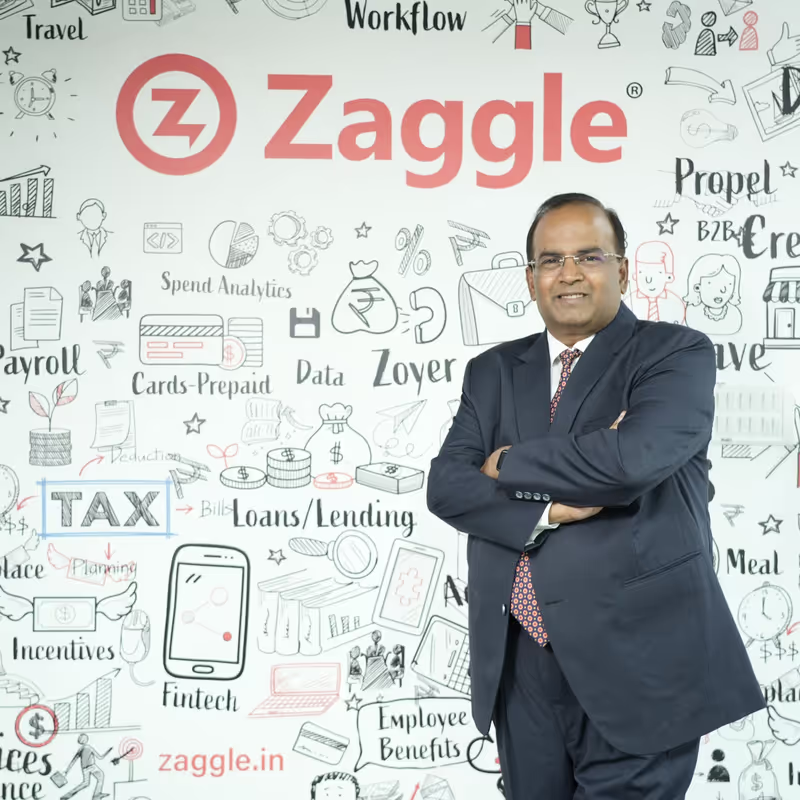Are you a startup looking to increase your profits? Do you wish to have a better input-output ratio for your business? Wish to have a better monitoring process for your invoice discounting? Well, Kredx is your one-stop solution.
KredX is an online invoice discounting platform where business owners get an opportunity to raise funds for their working capital needs at attractive terms by selling their unpaid invoices raised on blue-chip companies. KredX aims to remove operational inefficiencies around the invoice discounting space by extensively using technology and its data analytics and credit underwriting capabilities.

Invoice discounting is the practice of using a company’s unpaid invoices to raise working capital & fulfill its financial needs. Traditionally, financial institutions including banks and NBFCs have been discounting invoices for MSMEs. Invoice discounting involves the transfer of rights on an asset (invoice) from the seller (i.e. business) to the financier (i.e. investor) at an agreed value.
The idea of Kredx was born in September 2013, in the heads of IIT and Stanford alumni Manish Kumar, Puneet Agarwal, and Anurag Jain. The company was formally incorporated on May 2015, at Bangalore. It now has branches in Mumbai, Chennai, Delhi and in 2019, also opened branches in Ahmedabad, Indore and Hyderabad. It also held the first-ever in-house Ideathon.
KredX is an alternate investment model, wherein you can start investing, with a minimum amount of 3 Lacs, for a short duration and expect a fixed return at the end of investment duration, which varies between 30 days to 90 days. Returns vary between 12% to 20% annually. This not only beneficial because you are getting your money in a short duration, but also if you keep reinvesting at 15% every 3 months, you are basically compounding your investment every 3 months. Moreover, Present RoRs provided by banks, right now after demonetization, for short term investment are somewhere between 3.85% to 5% annually, So this can be considered as an alternative with much better returns.
Almost 97 percent of the Indian SMEs have reported having experienced late payment of their invoices, and close to 56 percent have dealt with working capital issues due to unavailability of credit or late payment.
On average, customers in India pay almost 34 days after the payment’s due date, while the SMEs already give close to 29 days to make the payment, taking the total to 63 days.
On successful completion of work, an SME raises an invoice on a blue chip company. After raising the invoice, the SME lists the invoice on CredX on a certain discount. On successful payment of the invoice, the full amount gets credited to the investors directly.
Taking an example, if a SME wants to get paid against an invoice of 300000 INR, it has to raise this invoice at KredX platform at a discounted percentage. Say the SME decides to give a discount of 15%. Let the investment duration be 3 months, making KredX”s fees, 0.45% (assuming they charge this percentage on invested amount+ returns made). Expected returns, at the end of 3 months, would be 11250 INR. KredX fees at 0.45% would be approx. 1400 INR. Net Realization = 9850 INR in 3 months which works out to be close to 13% annually.
KredX is disrupting a multi-billion dollar lending space for business across India. The company neither assumes the credit risk nor does it have a balance sheet, making it a pure marketplace.
KredX is now 130+ people strong with women employees accounting for over 33% of the company.






